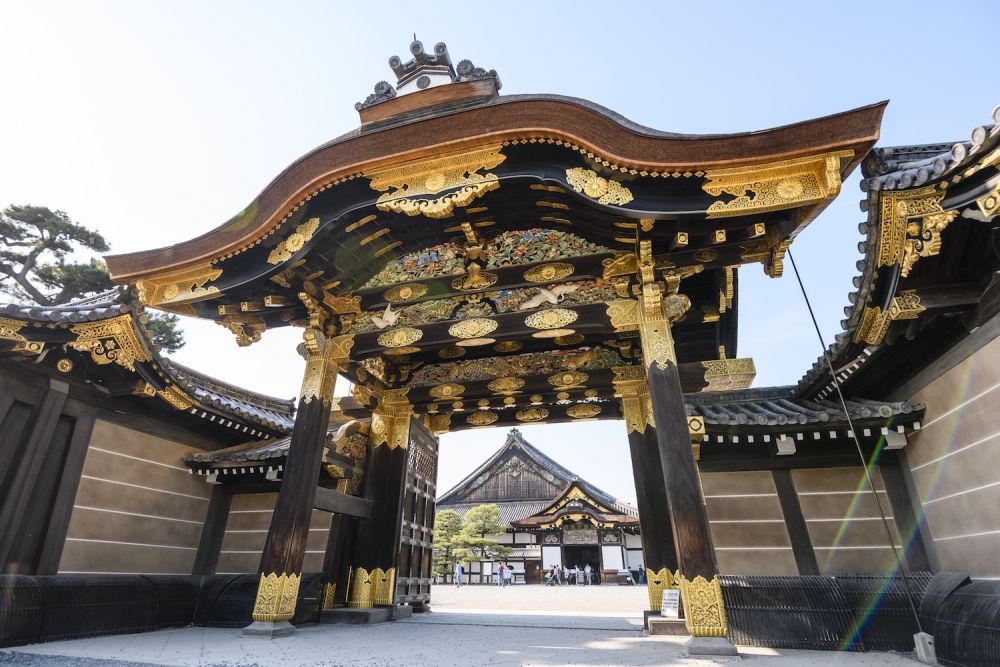

Nijo Castle (Nijojo), located in the heart of Kyoto, Japan, stands as a masterpiece of Japanese history and architecture. Originally completed in 1626 under the order of Tokugawa Ieyasu, the first shogun of the Edo period, its purpose was to demonstrate the power and prestige of the Tokugawa shogunate.
In the past, Nijo Castle was not as accessible to the public, given its significant role in the political and military landscape of Japan. It wasn't until the fall of the Tokugawa shogunate in the late 19th century that the castle gradually shifted from a symbol of power to a historic site.
Following the Meiji Restoration in 1868, the castle was used for various purposes, including as an imperial palace for a brief period. However, in 1939, Nijo Castle was donated to the city of Kyoto and opened to the public, marking the official beginning of its life as a tourist destination.
The historical significance of Nijo Castle was recognized on a global scale in 1994 when it was designated as a UNESCO World Heritage Site as part of the "Historic Monuments of Ancient Kyoto." This title has contributed to its growing popularity as a tourism destination for both international travelers and domestic visitors alike.
With the rise of global travel in the late 20th and early 21st centuries, efforts were made to increase the castle's accessibility and enhance the visitor experience. This included multilingual guide materials, the introduction of audio tours, and improved visitor facilities.
Restoration and preservation efforts have been ongoing to maintain the original features of Nijo Castle. Careful attention has been paid to the preservation of the Ninomaru Palace, known for its “nightingale floors,” and the stunningly painted sliding doors and walls.
In recent years, Nijo Castle has embraced modern technology by using virtual reality exhibits and light-up events to attract younger audiences and provide a fresh perspective on the historic site.
Moreover, there has been a trend towards sustainable tourism practices to help preserve the castle for future generations. Efforts include controlling visitor numbers to prevent overcrowding and providing education on the cultural and historical significance of the site to promote respectful tourism.
Like many historic sites around the world, Nijo Castle faced challenges due to the COVID-19 pandemic. Travel restrictions led to a sharp decline in international visitors. However, the castle has been adapting by enhancing its digital presence and providing virtual tours to continue engaging with tourists worldwide.
Today, visitors to Nijo Castle can explore the historical site while following safety and health protocols. Walking through the castle grounds and buildings, tourists can admire the fusion of Japanese feudal architecture with beautiful gardens and artworks, while learning about its rich history that spans over 400 years.